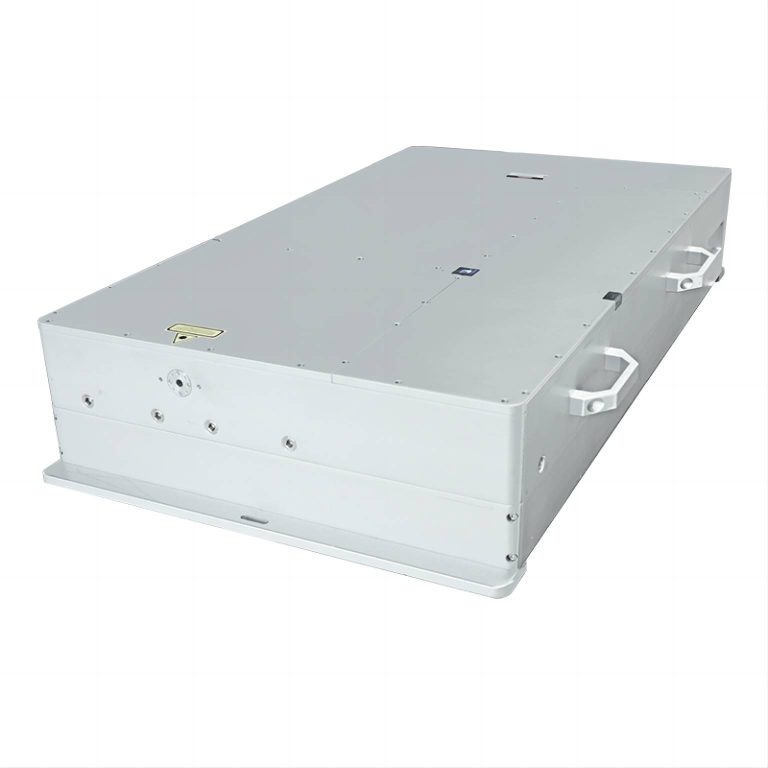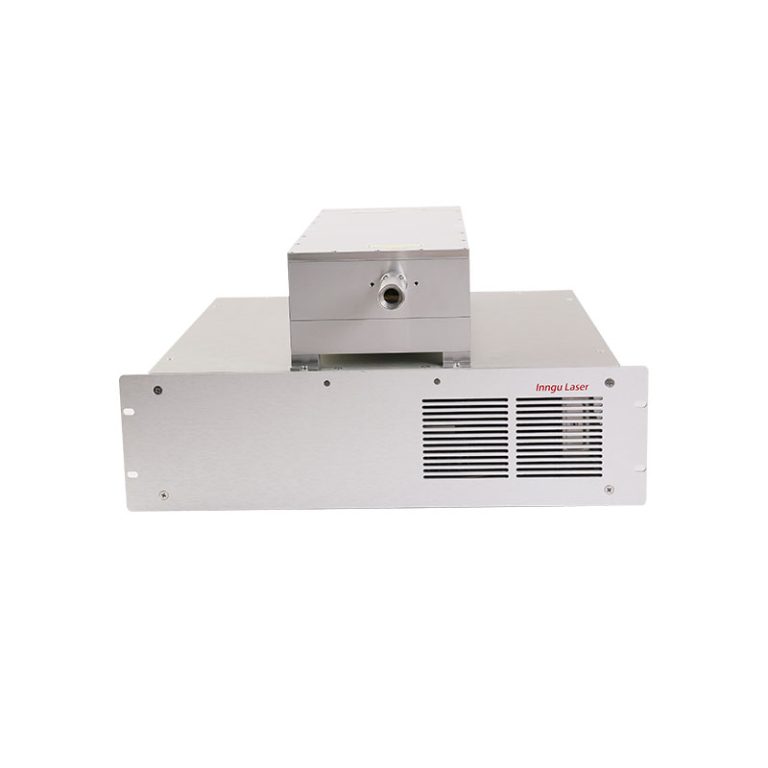Introduction
The field of laser technology has witnessed significant advancements in recent years, with the development of various laser types tailored for specific applications. One such innovation is the green laser, a cutting-edge technology that has garnered attention for its unique properties and versatile applications. In this article, we will delve into the fundamental aspects of the green laser, exploring its principles, characteristics, applications, and potential impact on diverse industries.
Understanding the Green Laser
The green laser is a specific type of laser that emits green light within the nanosecond pulse duration range. It falls under the broader category of solid-state lasers, where the active medium is a solid material rather than a liquid or gas. The use of nanosecond pulses distinguishes this laser from others, contributing to its distinctive features and capabilities.
Principles of Operation
The operation of a green laser relies on sophisticated principles of laser physics and solid-state laser technology. At its core, the laser consists of a gain medium, an optical cavity, and a pumping source. The gain medium, typically a crystal or glass doped with rare-earth ions, is stimulated by the pumping source to achieve an excited state. This excited state results in the emission of photons, creating coherent and monochromatic green light.
The incorporation of nanosecond pulses is a critical aspect of the green laser’s operation. Nanosecond pulses refer to extremely short bursts of laser light lasting in the range of one billionth of a second. This brief duration enables precise control and delivery of energy, making the laser suitable for applications that require high precision and minimal thermal damage.
Characteristics of Green Laser
- Wavelength: The green light emitted by the Green typically falls within the wavelength range of 500 to 550 nanometers. This specific wavelength is advantageous for certain applications, such as material processing and medical procedures, where green light offers unique benefits.
- Pulse Duration: As the name suggests, the distinguishing feature of this laser is its nanosecond pulse duration. The short pulse duration contributes to efficient energy transfer and minimizes the risk of thermal damage to surrounding materials.
- Pulse Energy: Green lasers are capable of delivering high pulse energies, making them suitable for tasks that require substantial power, such as laser ablation and material removal.

Applications in Material Processing
The green laser has found widespread application in various material processing tasks, owing to its unique combination of wavelength, pulse duration, and pulse energy. Some notable applications include:
- Laser Marking: The precise control of nanosecond pulses makes the Green Laser ideal for marking materials with intricate patterns, serial numbers, or barcodes. Industries ranging from manufacturing to electronics benefit from the accuracy provided by this laser.
- Laser Ablation: In applications requiring the removal of material layers, such as in the electronics industry or conservation of cultural artifacts, the Green Laser’s short pulses enable efficient ablation with minimal thermal impact.
- Micromachining: The laser’s ability to focus energy with high precision makes it suitable for micromachining tasks, including cutting, drilling, and structuring materials on a microscopic scale.
Medical Applications
Beyond material processing, the green laser has found utility in the medical field due to its characteristics that align with medical requirements. Some notable medical applications include:
- Ophthalmology: The precise nature of nanosecond pulses makes the Green Laser valuable in ophthalmic surgeries, particularly for procedures involving the cornea. Applications include refractive surgery and the treatment of corneal disorders.
- Dermatology: The laser’s ability to selectively target pigmented lesions in the skin makes it suitable for dermatological procedures such as tattoo removal, pigmented lesion treatment, and vascular lesion therapy.
Future Prospects and Emerging Applications
Looking ahead, the green laser is poised for continued growth and diversification in terms of applications. Emerging areas of interest include quantum technologies, where precise control over laser pulses is crucial for manipulating quantum states. The potential integration of green lasers in quantum communication and quantum computing represents an exciting frontier for exploration.
Furthermore, advancements in materials science and nanotechnology may open new possibilities for the green laser in fields such as nanostructuring and nanoparticle manipulation. The ability to precisely control laser pulses at the nanoscale could revolutionize the fabrication of nanodevices and materials with tailored properties.
Conclusion
In conclusion, the Green Laser represents a remarkable advancement in laser technology, offering a combination of precision, power, and versatility. Its application spans various industries, from material processing to medical procedures, showcasing its potential to revolutionize processes that demand accuracy and controlled energy delivery. As technology continues to evolve, the Green Laser stands as a testament to the ongoing quest for innovation in laser science and its diverse applications in our modern world.


